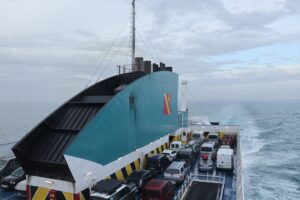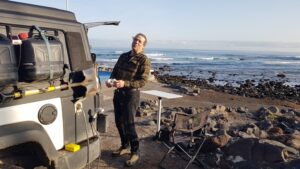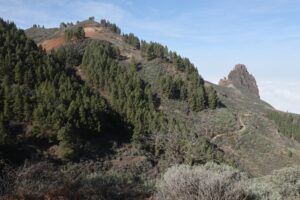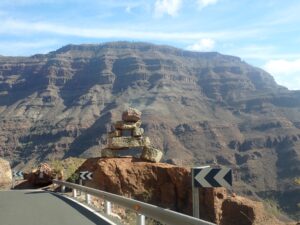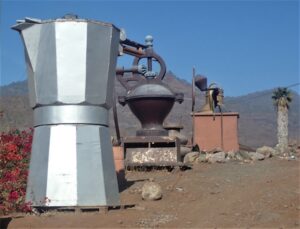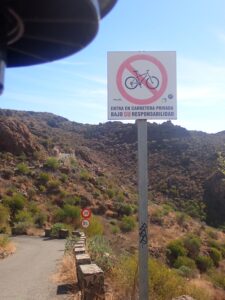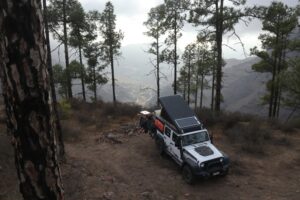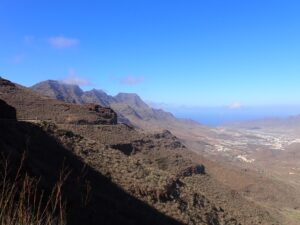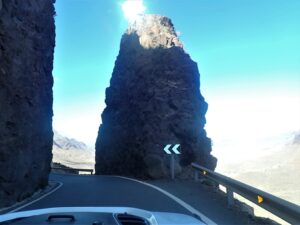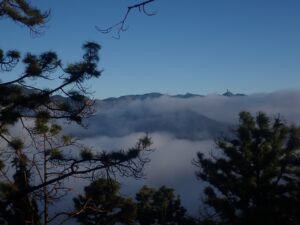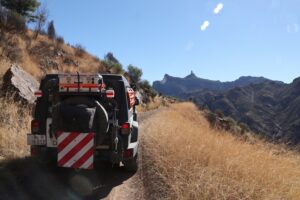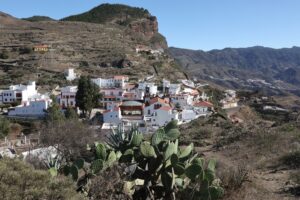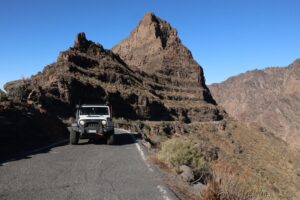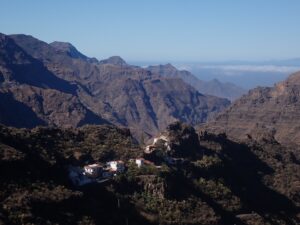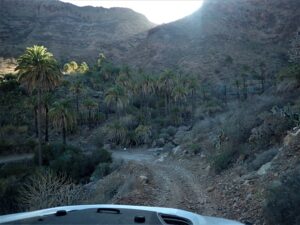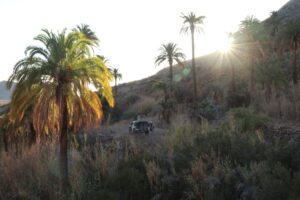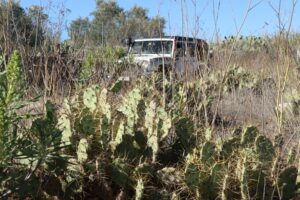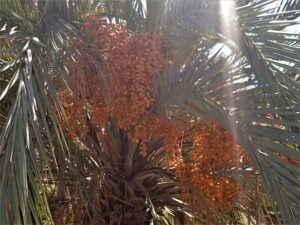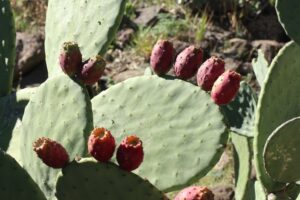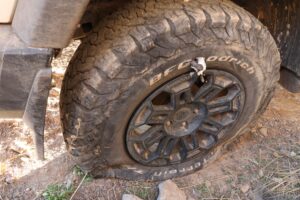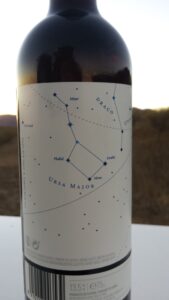>Translated with www.DeepL.com/Translator
(>Pictures at the bottom!)
…Gran Canaria
Although not the largest of the Canary Islands, Gran Canaria is probably the most diverse of all the islands that jut out of the Atlantic Ocean off the African continent and are of volcanic origin.
To the north of the main massif, thick clouds hang over time and again, bringing a lot of moisture to the rugged mountains, where all kinds of crops are grown in the countless but very fertile fields. Thanks to the fertile soil, many settlements, villages and small towns have also sprung up. Leaving the northern side, it immediately becomes drier and more barren. The huge crops on the eastern side are all irrigated far up. The western side is barren and a wild mountain landscape is repeatedly interrupted by long valleys where, thanks to intensive irrigation, many agricultural products are also grown.
In the far south are the big tourist highlights, i.e. the huge holiday resorts and holiday flats, where travellers seeking relaxation are offered everything imaginable or even impossible.
At the very top of the mountains, which reach over 1900m, one finds countless nature parks with their breathtaking hiking and traffic routes. Whole forests are being reforested at great expense and the many small villages complete the peaceful picture in the interior of Gran Canaria.
After two long nights – the sea was quite choppy – the ferry docked in Las Palmas de Gran Canaria at 4am. A bit dazed and still sleepy, we had to look for a place outside this still quiet metropolis where we could lie down for a few more hours. After a few attempts, we found the desired place on the north coast outside the main town and directly by the sea.
With sunshine and pleasant warmth, we slipped out of our springs again and enjoyed the still young day. The passers-by and sportsmen who passed us were amazed at our presence and examined our vehicle with a certain curiosity. After seeing the number plate, there were mostly no questions, at most a thumbs up and a laughing face.
After the shopping, we had to fill up our jeep and were amazed that a litre of diesel is offered here for a little more than one euro. Wow, that immediately revived my (Tom) off-road desires; the Canary Islands belong to Spain and there are supposed to be no driving bans there. What we didn’t really know was that most of the areas with possible routes are in nature parks and the access roads are usually blocked with thick iron gates.
But Gran Canaria offers plenty of thrills and glimpses into deep abysses even on the tarred roads. The roads wind uphill and downhill through almost impossible terrain. The pre-Christmas traffic on these narrow roads also led to many hair-raising situations, where frightened drivers barely avoided or local racing drivers claimed free rides.
Or the motorcyclists who considered the road their race track and many a “is he still in his right mind” shot out of our mouths. Our front left-mounted Jack would have worked like a guittotine and I feared several head-on collisions from motorcyclists whizzing low around the tight bends.
Despite the various and scary situations, we didn’t let them deter us from our plan and explored Gran Canaria in a wild zig-zag course. The lower-lying areas were rather unsuitable for our evening camps, as there were houses or holiday settlements everywhere, crops or generously fenced-in fincas blocking free access. At the beautiful bathing bays, the prohibition signs were usually posted in large numbers and to spend the night right next to a prohibition sign was not exactly considered a noble gesture towards the locals.
So we always organised our crossing of Gran Canaria in such a way that we were somewhere high up in the evening. Although the official campsites in the parks were all closed, presumably as a result of the Corona pandemic, after studying the map we always found a wonderful place where we were not a burden to anyone nor disobeyed a prohibition sign.
So we enjoyed many nights at altitude – the highest place was 1815m above sea level and quite fresh – and were allowed to enjoy the absolute silence and starry night skies. We were also always happy to retreat in the evening after roaming the tourist hotspots and enjoy the peace and quiet. Anyone who has ever been to southern Gran Canaria knows what is on offer there and everything is done for the tourists, or rather the “money” that is left lying around.
For New Year’s Eve we chose a special place high above the southernmost point of the island and hoped for an unobstructed view of the nightly fireworks of the resorts below. We were not disappointed; at midnight the rockets rose towards the sky for almost half an hour and we sometimes did not know where to look. Despite all the negative effects of these fireworks, it was wonderful and totally thrilled us. Long live tourism and let the fireworks thunder!
We wanted to start the second New Year’s Day with a hike to Roque Nublo, but we turned around at the car park. Apart from the overcrowded car park, the parked cars were already blocking the access road and it was rush hour in the high mountains. Even with our alternative programme, we soon turned around. The crowds at Cruz de Tejera were too much for us and we postponed our plans until later. Instead we, or I (Tom), enjoyed a spectacular off-road route below Artenara and drove after the evening sun. Whether it was due to the glare of the sun or the road was just too narrow, we had pure adventure: A rock slit our rear tyre completely in two places and we had to change the wheel on this narrow strip high above the abyss.
With only four whole tyres left, we immediately looked for possible replacements in Las Palmas and to our amazement, we found the desired tyre in the right dimension. Coincidence or not; in any case, we were fully equipped again and ready for further adventures.
Out of curiosity, we enquired about possible ferry connections to Fuerteventura and immediately booked the evening ferry to the next island. We will visit what we missed in Gran Canaria on our return trip, i.e. when we change from the northern islands to Tenerife.
Long live island hopping!
>Translated with www.DeepL.com/Translator


